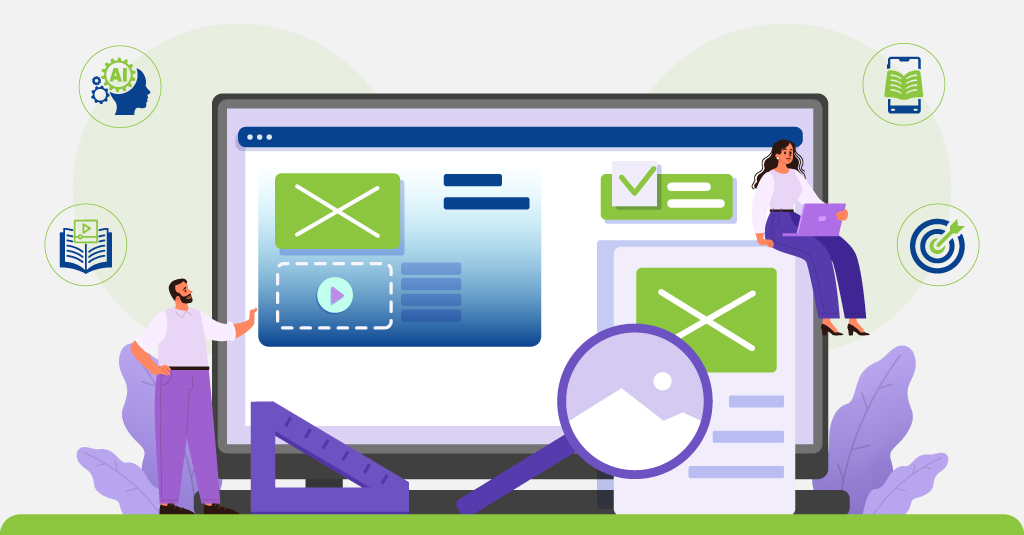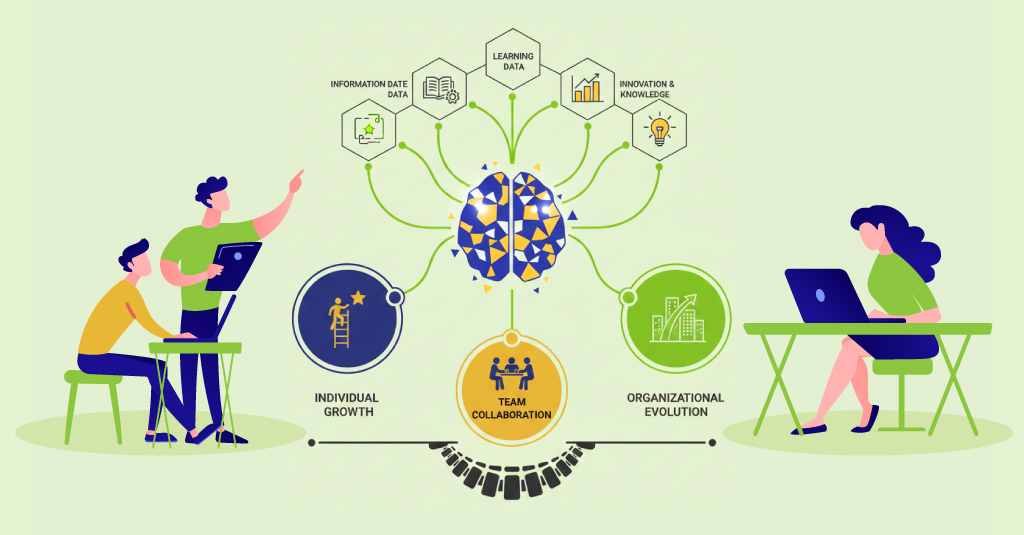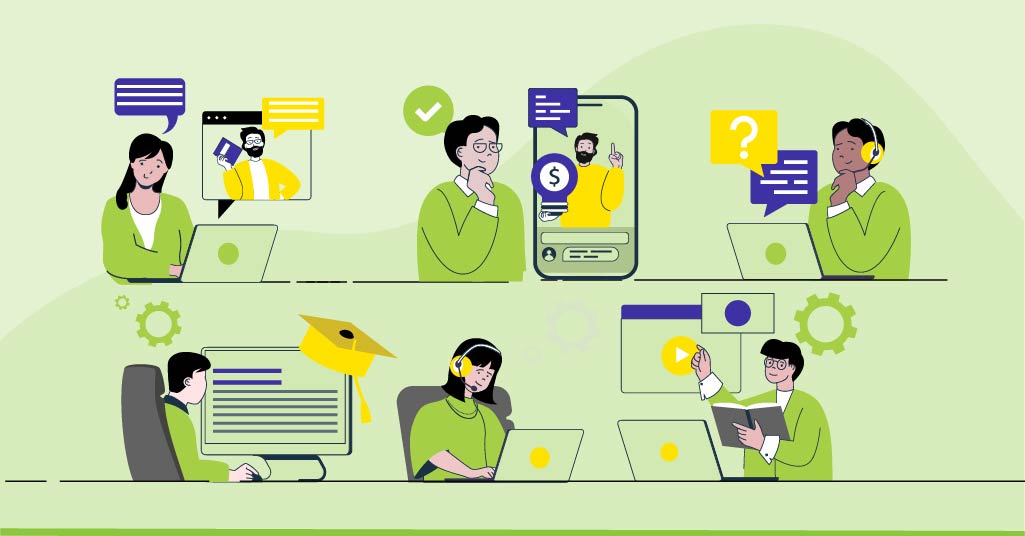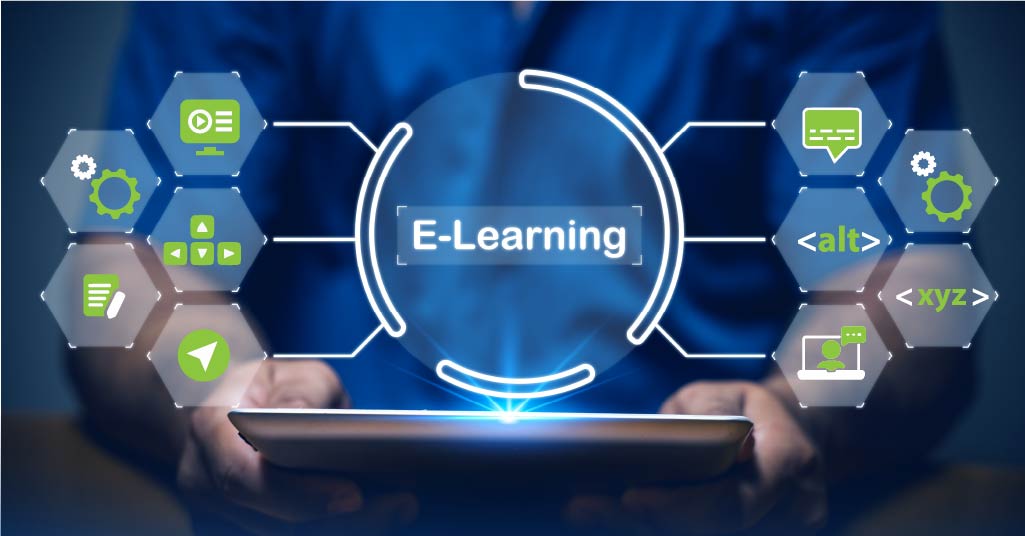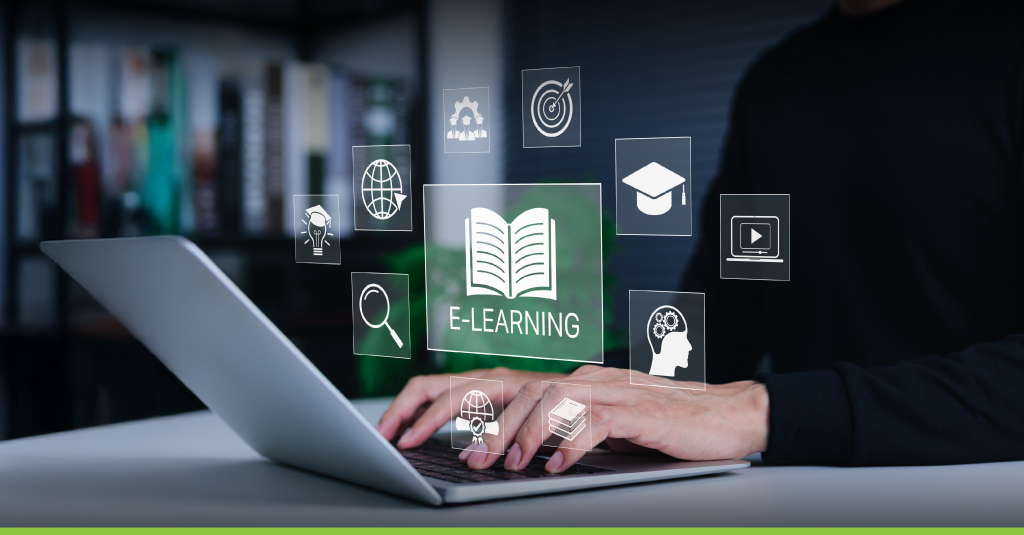Imagine a corporate training program that adapts in real time to the pace, gaps, and skills of each participant. That isn’t just wishful thinking; adaptable eLearning courses and individualized learning pathways are powered by contemporary learning analytics. In this blog, we’ll demonstrate how data-driven training transforms raw learner metrics into tailored, custom eLearning solutions, delivering a measurable impact by role and outcome.

The Challenge: Generic Training Falls Flat
Most corporate learning programs take a one‑size‑fits‑all approach. Role‑based training often fails to engage employees who already know core concepts, while under‑serving those who struggle. It results in poor retention, low completion rates, and a dismal return on investment.

What’s Not Working
Traditional modules often don’t use learner data to inform pacing, skip redundant content, or surface support at the right moment. Progress is untracked or visible only via static dashboards. Engagement suffers because content lacks immediacy and relevance.

The Solution: Learning Analytics + Adaptive Design

How It Works: Role Based Training Powered by Data
-
Skill Assessment & Baseline Data Pre training diagnostics capture learners’ baseline knowledge and identify gaps relevant to each role.
-
Performance Tracking & Engagement Metrics Analytics monitors quiz results, engagement time, repeated attempts, drop off points, and clicks patterns.
-
Adaptive Module Delivery Adaptive engines serve up remedial micro modules, skip redundant content, and pace delivery based on learner progress.
-
Continuous Optimization Data driven decision loops let you refine content, pacing, and paths through A/B micro tests or performance dashboards.

Practical Takeaways for L&D Teams
- Embed pre assessments to map skills by role.
- Use dashboards to monitor engagement and drop off by module.
- Launch adaptive micro learning units that react to learner performance.
- A/B test versions of modules or remediation paths.
- Iterate course design based on analytics and feedback.

Real World Examples
Enterprise Client: 15× ROI with Custom eLearning
Upside Learning partnered with a global enterprise to deliver a fully custom eLearning program that accelerated onboarding, improved compliance adherence, and enhanced field readiness. The results?
- 50 % faster time-to-competency
- 55 %+ reduction in re-training costs
- 55 %+ reduction in re-training costs
- Up to 60 % drop in performance errors
- Audit-level compliance rates above 95 %, linked to productivity indicators like First-Time Resolution and NPS
- All learning was integrated with executive dashboards, directly tying module completion to real business outcomes and measurable ROI.

Global Deployments and Adaptive Design
This solution also supported global rollout across 20+ countries with localization, modular architecture, and role-by-role customization. The client moved from off-the-shelf learning to strategic modules that align with job functions and business KPIs, delivered with agility and impact.

Mental Health Awareness at a Major Airline
Common Pitfalls to Avoid
- Gathering data without clear ethical policies or learner consent (privacy matters).
- Overloading learners with complex dashboards; keep analytics insights actionable and digestible.
- Ignoring digital literacy differences, data shows higher digital competence correlates with greater engagement with adaptive tools.
- Treating analytics as static: it must close the loop through continuous improvement.
Benefits at a Glance
Benefit |
Impact |
|---|---|
Higher engagement |
Adaptive modules reduce boredom and frustration, boosting completion |
Efficient learning |
Learners skip known content; focus on gaps |
Improved outcomes |
Up to 30% improvement in completion, faster time to mastery |
Predictive support |
Early visibility into at risk learners allows timely intervention |
Role specific relevance |
Learner paths tailored per role and competency |
- Builds intelligent learning paths aligned to job profiles and competency models.
- Embeds performance tracking and dashboards for real time insights.
- Designs adaptive modules that adjust pacing and content per learner.
- Provides governance and privacy frameworks to ensure ethical analytics use.
Ready to explore adaptive learning?
FAQs: Learning Analytics and Personalized eLearning
Learning analytics is the measurement, collection, analysis and reporting of data about learners and their contexts to understand and optimize learning environments.
Adaptive elearning modules use real-time learner performance data, such as quiz results, time on task, and engagement patterns, to adjust the sequence, difficulty, and pacing of content.
Personalized learning ensures each role receives content aligned to their job function, cutting redundant material, boosting engagement and improving overall outcomes.
Performance is tracked using dashboards that report on module completion rates, assessment scores, navigation paths, time on task, and drop-off points.
Yes. Predictive analytics can flag learners who are struggling, based on patterns like repeated attempts, low scores, or disengagement, so interventions can be timely.
Modules should be continually refined through data review cycles. Ideally you iterate after every cohort or quarterly, using analytics to A/B test and improve paths.
Yes. Ethical learning analytics requires clear consent, transparent policies, data ownership guidance, and safeguards against misuse.
Modern LMS platforms and analytics engines support creating intelligent paths. Many custom eLearning solutions integrate adaptive engines plus dashboards for role-based design.
By delivering only needed content, improving engagement and completion rates, predictive support, and optimizing modules continuously, ROI improves through better results with fewer hours.
Key metrics include completion rate, assessment scores pre-vs-post, time-to-mastery, learner satisfaction, and behavioral change aligned to business goals.
Citations
- Wikipedia – Learning Analytics
- Montclair State University – Adaptive Learning
- Moldstud – Custom LMS & Analytics
- ResearchGate – Personalization & Engagement
- Wikipedia – Learning Engineering
- Arxiv – Visual Learning Analytics
- Wikipedia – Adaptive Learning
- MDPI – Digital Literacy & Engagement
- Upside Learning – Maximize Gains: 15x ROI
- Upside Learning – Mental Health Case Study



